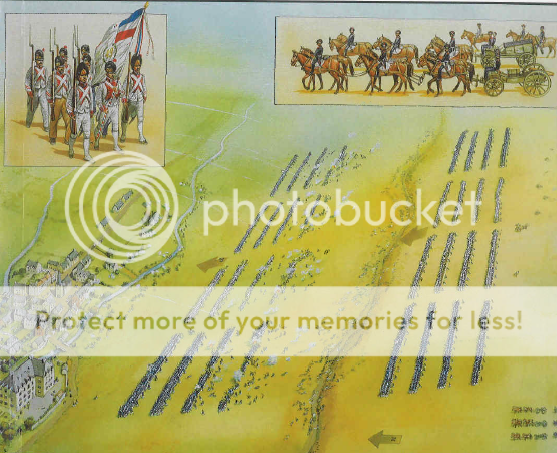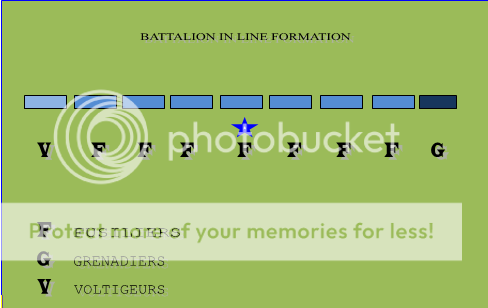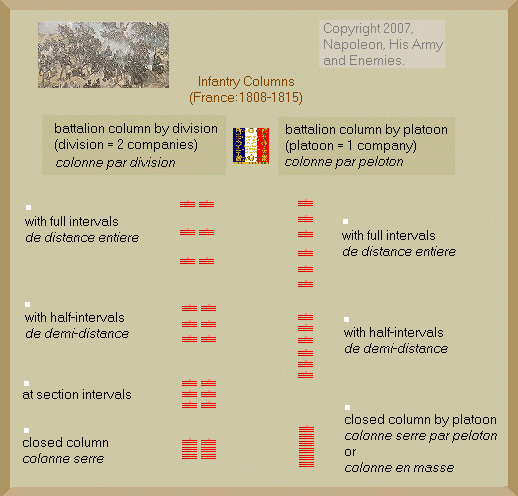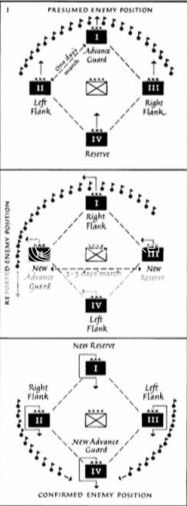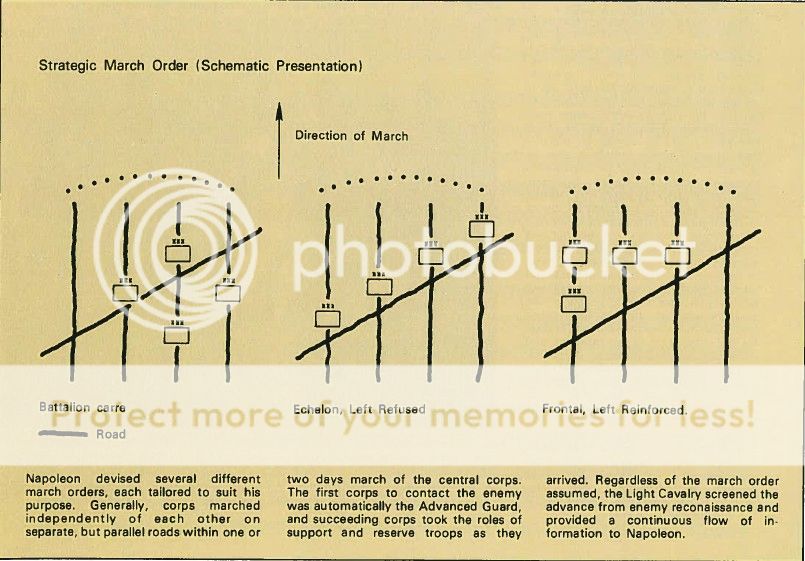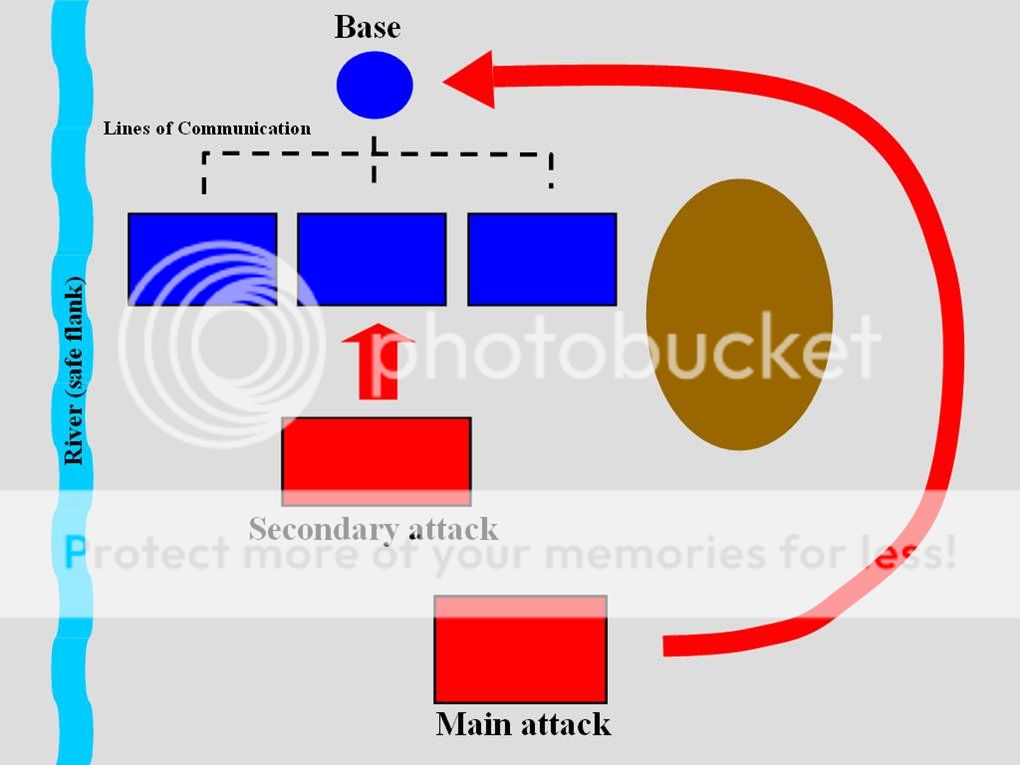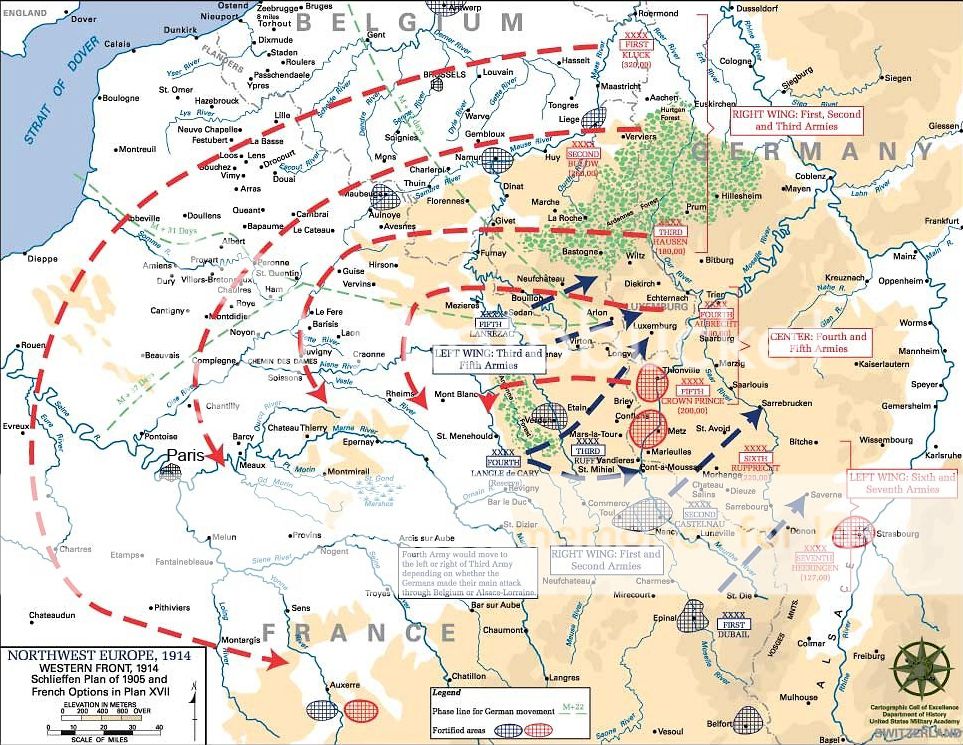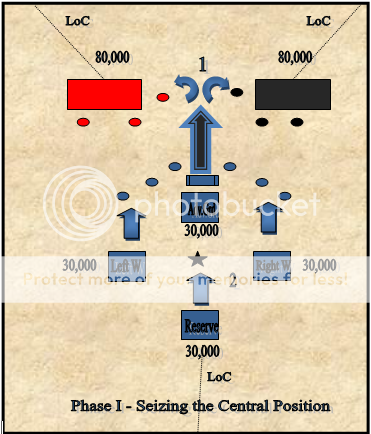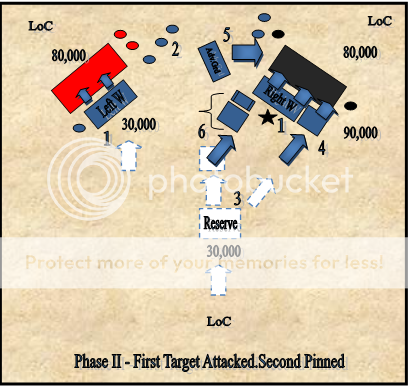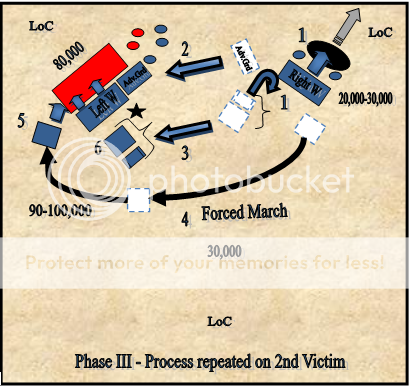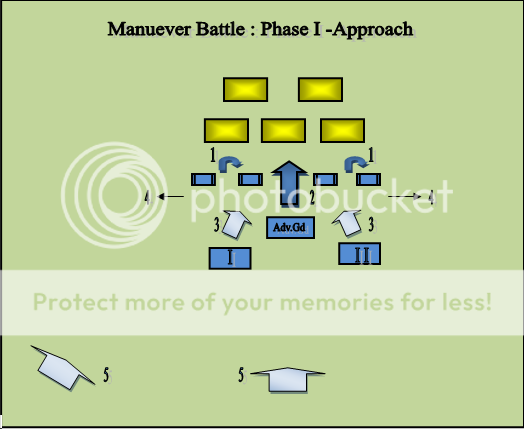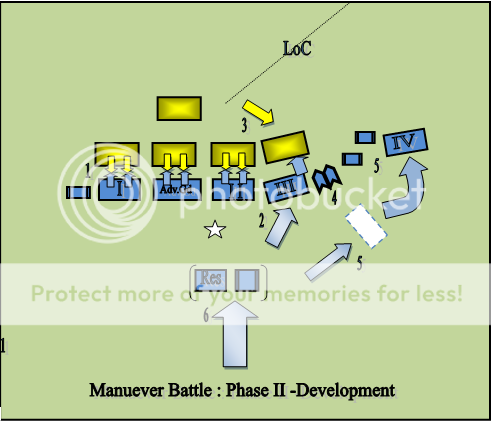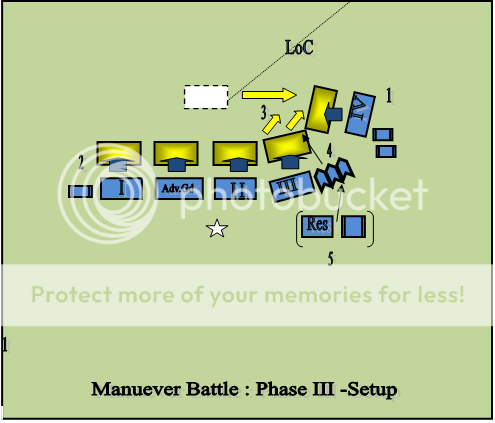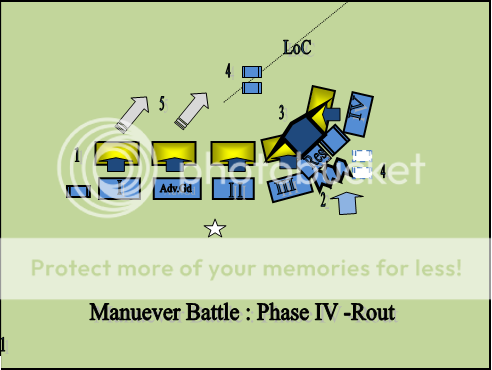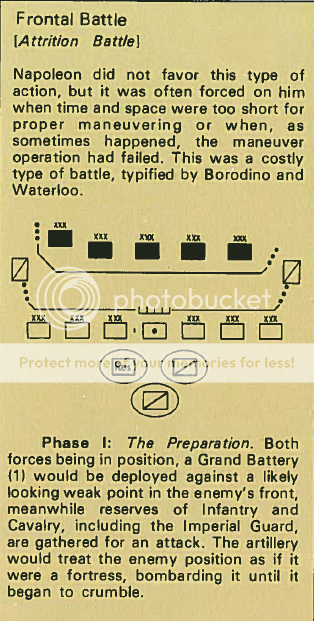MONTENOTTE CAMPAIGN -DEFEAT OF PIEDMONT
The
overall strategic situation in 1796.The bulk of both the armies of france and austria are concentrated in the rhine theater.The french armies under
Moreau and
Jourdan oppose that of the Archduke
Charles and Marshal
Wurmser.
Aside from this Austria also has a reserve army[usually of second rate troops] further inland acting as an army of observation watching the prussians.2 small french armies under
Kellerman(18,000) and
Hoche(15,000) Garrison the coast and the alpine passes.Note
these are not field armies.They are mostly a collection of
strung out detatchments covering the alpine passes from any austrian intrusion,and the french coast from british seaborne landings and raids.The
royal navy is active in both the channel and the mediterranean.The
main effort was to be made in the german theatre while the italian theatre was to be a secondary one to distract the attention and resources of habsburg austria.At least that was the directory's plan.
THE ITALIAN THEATRE :
A closeup of the situation in italy.Refering to top image.The
light yellow boundary denotes the ligurian mountains which seperates the enemy armies.French are penned up in the mountains with the coast on their back and strung out.Their LOC runs along the coast.
Massena's Forces form the right flank of bonaparte's army.It comprises of the divisions of
Laharpe and
Meynier.A detatchment from laharpe's division -
Cervoni's brigade is situated far out
on the extreme right holding Voltri in a rather isolated position.This exposed position was the result of the directory's attempt to bully the tiny republic of genoa for money.The previous commander,Scherer had thus sent this force of under cervoni of around 6,000 men towards genoa.On his arrival bonaparte suspended this movement away from the main body,but the withdrawal back into the main force had not yet been accomplished.It however served as a distraction for the main austrian army.In total
Laharpe,Meynier and Cevorni's commands made up the forces nominally subordinated to Massena.This was the largest of the french divisions in the Army of italy.The centre was formed By the
division of Augereau.The Left wing by the division under
serurier located adjacent to augereau's force.
The other blue oval partly visible in the diagram at the extreme bottom left,represents about 7,000 troops in small detatchments garrisoning fortresses and
protecting the french LoC back to mainland france.These are
not available for field duty.Thus inspite of his nominal strength of 58,000,bonaparte
in reality has around 37,500 available for field service.
Ranged against these are the forces of austria and piedmont.On the left are the piedmontese under general
Colli with around 20,000.He is supported by an auxillary austrian force under general provera based near
Ceva.[If u search hard u can see Ceva inside the piedmontese army deployment area ]On the top right u can see partially see another piedmontese force.These were around
20,000 second rate troops under Corrigan guarding the alpine passes in small detatchments and garrisons,exactly the same role Kellerman's force was doing on the french side.Thus
Kellerman and Corrigan cancelled each other out and none of these field armies capable for independent operations of large scale.On the Right is the main austrian army under overall command of general Beaulieu.Nominally
35,000 strong -The division of general
Argentau was the closest to the french numbering 11,500 men.Beaulieu personally had a further 20,000 odd under himself.Of these half were in forward positions under
Vukassovich and
Sebotendorff.The rest were held further back in garrisons and reserve around the
main austrian supply base at the fortress of Alessandria.
(Note in the map there are 2 black dots at edge of the austrian battle area,if u look very closely the names Montenotte and Dego u might be able to see - Keep them in mind.These locations will assume importance later)
In all The french had
37,500 effective troops on the field to the allied 52,000.On paper this would be overwhelming for the french if concentrated,but as of yet they were still somewhat dispersed[so were the french for that matter] and
relations between Colli and Beaulieu were patchy.Bonaparte understood however if he could achieve a rapid concentration on chosen sectors he may be able to gain a temporary numerical superiority on the battlefield even while being outnumbered overall,before the austrians had a chance to finish their concentration.
Now i will discuss the operational movements in depth.Unlike in battles it would be difficult to describe this one step at a time.So
i will present the movements of the armies during a set time period as a whole,then describe those events in detail.
PHASE I OF MONTENOTTE CAMPAIGN - FROM VOLTRI TO DEGO
To understand the above diagram
key is to follow the dates to get the sequence of events.Also note that the
dotted lines represent roads-the nodes of the movement of armies.
Whenever i mention a place scroll back to check the above diagram for better understanding.The above diagram is the key to follow the events below.
1)
Beaulieu attacks Cervoni's isolated force at the battle of Voltri.The campaign has thus began ahead of bonaparte's schedule.Cervoni
manages a fighting retreat and links up with bonaparte's main force.
2)
Argentau attacks the advance elements of Laharpe's division at Monte Legino redoubt but is
held off in a desperate effort just long enough for Laharpe to arrive with his main body and push the austrians back.
3) French advance on Montenotte .Laharpe
pins Argentau frontally.Rest of Massena's command -Meynier's division [bonaparte in person is with this force]
conducts a flank march and arrives on argentau's exposed side in the battle of montenotte.
Battle of Montenotte is Napoleon's first pitched battle.French have n
ow seized the central position at Carcare-Montenotte area.
4) Mauled Argentau
retreats to dego.Bonaparte identifies Dego as the new startegic position to be seized to pin the austrians down and prevent Beaulieu from uniting with Colli.[recall the sequence of the central position tactic in earlier posts]
5) Meanwhile acc to Bonaparte's plan,
Serurier advances to fix the attention of the Main Piedmontese army .Augeareau moves in from the flank but is held up at Milisemo-Cosseria.He finally takes cosseria.
Further increasing the gap between the piedmontese and the austrians.
6) Part of Augereau's force is ordered to swing back and joins massena and bonaparte for a
united strike on Dego.French rout argentau's remnants and reinforcements at the
battle of dego and seize the central position,isolating Colli from Beaulieu.Beaulieu's desperate
last minute reinforcements arriving from voltri under vukossavich arrive too late at Dego to prove more than a temporary hindrance.
Now i will describe the events outlined above in detail.
THE RESPECTIVE PLANS :
The campaign began against all expectations when Beaulieu goaded by Cervoni's now suspended movement against Genoa was
roused into action.The austrian plan was simple -
2 columns under Vukossavich and Sebetendorff would envelop Cervoni's brigade and secure Genoa.The rest of Beaulieu's force would then fall back to alessandria leaving behind a sufficient blocking detatchment before Genoa.They would
then regroup and this time advance along bormida valley to join argentau and the piedmontese for a general assault.Argentau meanwhile was to
advance on Laharpe's position seperating him from Massena and hold until beaulieu arrived again with the main body.
Bonaparte had not been idle either.His instructions from the directory were to treat the piedmontese mildly in hope of a settlement with them,bonaparte however determined on an immediate and ruthless attack to knock the piedmontese out of the war.Napoleon understood piedmont was war weary,but
to focus on austria he had to secure his rear first.Bonaparte planned to
seize the central position between the 2 armies which he identified as the town of Carcare(see map) with a combined drive by Massena and augereau.Laharpe would support their advnace.
Serurier and Cervoni were to serve as diversions on the extreme flanks.He would then
leave a pinning force to keep the austrians at bay in the vicinity of Dego and advance with the bulk of his forces on Colli and his isolated Piedmontese in a classic application of his
Strategy of the central position.The plan was practical and would give Beaulieu little time to reinforce the threatened sector.The alternatives -an attack over the tanaro valley against the piedmontese was hindered by rough ground and distance and a concentrated drive towards genoa following cervoni would require redployment giving beaulieu time and would leave his rear vulnerable to a piedmontese descent.The whole operation was to begin on
15th april 1796.
Battle of voltri and The defense of Monte legino -
In reality however
things didn't go acc to plan.The austrians
opened the campaign late on the 10th with an attack on Voltri taking napoleon by surprise.Cervoni however managed to conduct a
skillful fighting rereat along the coastal road .This attack however had
made it clear to napoleon the place of beaulieu's main effort.
Meanwhile Argentau advanced on Laharpe
aiming for the main french supply base at Savonna.He was held up at Monte Legino Redoubt by a french holding force under
Col.Rampon.The difficult terrain and
steep hillsides of Monte Legino redoubt and the
courage of the defenders led by Rampon held up the austrian army,despite large numerical superiority.Colonel Rampon, with 32nd DB Ligne flag in hand, holding the small Monte Negino redoubt. The oath he made his soldiers swear….
”It is here, my friends that we must conquer or die”.
The late afternoon struggle for this small mountain redoubt, with several bloody assaults , ended with the Austrian army
retiring for the night and renewing the effort the next day.
Napoleon's Response-
Bonaparte had got word of Cervoni's retreat and The attack on Monte Legino by late afternoon on the 11th.He could send relief forces in both directions and try to stabilize the situation,but that would be
reacting to the enemy and ceding the initiative.As the saying in war goes-
''Never reinforce Failure''.Instead he resolved to
counterattack and go ahead with his original offensive plan with minor modifications.
'Realizing his
advantage of interior lines and ignoring Beaulieu who was too far away for the moment, he brought forward his own offensive battle plans and issued his march orders for rapid concentration of three divisions in the Bormida river valley, centered on Carcare.
Two divisions under GD Massena (Meynier and La Harpe) would come from the south and east and one (Augereau) from the southwest. The former Voltri defenders (Cervoni brigade) will march westwards crossing the shoreline hills to reach Savona and
rejoin Massena. This would give General Bonaparte 20-30,000 troops massed in a fairly small area, just south and
near the junction of the two allied armies.'
'The only Austrian forces within range of the area of concentration were
FML Argenteau’s 9,000 men, mostly engaged below Monte Negino, and
GM Provera’s Auxiliary Corps numbering 2,000 near Millesimo. FZM
Beaulieu’s Voltri campaign forces were returning back over the Ligurian mountain passes, marching to support Argenteau from distant Acqui. The small column under Colonel Vukassovich return marched along mountain ridge roads towards Sassello, with the
aim to link up with FML Argenteau near Dego on April 15th. FML Colli and the
Piedmontese army remained entrenched and stationary around Ceva with small forward detachments.
BATTLE OF MONTENOTTE :
Overnight Laharpe reinforced Monte legino with his full strength and
brought cannon up the heights.In the morning understanding his chances of taking the strongpoint was now zero,Argentau slowly retreated towards Montenotte Superior.Laharpe followed with vigour seeking to pin Argentau down.French cannons began firing from Monte Negino on the Austrians below them.
Meanwhile Meynier's division of Massena's command with Bonaparte in person
makes a rapid flank march.Shortly afterward, Masséna's soldiers launched their attack on the weakly held Austrian right flank,
swamping the defenders with superior numbers.By now the french had
9000-14,000 men against Argentau's 7000-9000. Argenteau deployed the
Stein and
Pellegrini battalions under Nesslinger to hold the center and assigned the two
Archduke Anton battalions to defend the left flank on Monte Pra. Then he took the
Alvinczi battalion to the rescue of the 3rd
Terzi battalion on his right flank. While Masséna overwhelmed Argenteau's right, Laharpe fell on the Austrians defending Monte Pra. At first the Austrians conducted a stout defense. But Masséna's assault made such rapid progress that Argenteau ordered a retreat. The 3rd
Terzi battalion was nearly destroyed and Nesslinger's two battalions were badly cut up. In the Austrian retreat from Montenotte Superiore, the
Alvinczi battalion provided the rear guard. The battalion had to fight its way out, losing its color and many soldiers. Argenteau's men barely cleared out of Montenotte Inferiore before Masséna's and Laharpe's flanking forces converged on the hamlet. By 9:30 AM the battle was over
.Napoleon Bonaparte had won his first battle.
The escape from Montenotte was disastrous for the austrians as the
survivors scattered in all directions.The french had lost
880 killed and wounded while argentau had
lost 2500 and 12 guns.He retreated in disarray towards Dego hoping to link up with Beaulieu's forces from Acqui.However
his effective command had been reduced to a mere 700 men.He reported in a dispatch to Beaulieu that
'his command was almost destroyed'.
ENGAGEMENT AT MILISEMO-COSSERIA :
The french don't pause to celebrate.'General Bonaparte gave orders to march from their central position around Carcare and Montenotte and start the campaign against the Sardinian – Piedmontese army under FML Colli near Ceva.
General Massena was to march towards Dego and determine the strength of the Austrian positions that afternoon, General La Harpe to Cairo from Montenotte Superiore after chasing the remains of Argenteau’s forces.
General Augereau to Millesimo then attack today towards Montezemolo further west near Ceva .
General Serurier towards the southern flank of Colli’s entrenched position at Ceva.'Bonaparte's already unreliable supply train was breaking down and
french forces were running hungry.A central
reserve of 6 battalions and bulk of what little cavalry the french had under Stengel were
kept at carcare to rapidly reinforce any of the 2 sectors in a emergency.
Thus,Bonaparte planned to
swing the main weight of his offensive to the west against the 21,000-strong Sardinian army. To keep Beaulieu's Austrian army from interfering, the French commander
sent half of massena's division to seize Dego[other half under Laharpe to aid augereau against the sardinians] to the north and
block the lilkely route of austrian reinforcements.However things
didn't go all to plan.Augereau's march was delayed first by a lack of shoes.Many were distributed muskets captured from the austrians at montenotte.
Initially augereau quickly swept away the allied outposts near Milisemo but the
french advance was stopped cold at the fortress of Cosseria by a 1000 piedmontese and austrian grenadiers against 6000 french.3 costly attacks proved futile. Bonaparte arrived in person to inspect the situation. -
“You are surrounded on all sides. Your resistance would only cause the spilling of blood without gaining any advantage. If in a quarter of an hour you do not all give yourselves up as prisoners, I shall show mercy to no one.” -
Napoleon's letter to Provera.His demands for surrender were scornfully rejected by the opposing commander Provera leading the austrian provisional corps plus piedmontese grenadiers.Bonaparte's bluff had been called.
‘this blasted castle will force us to turn back to the Riviera.’ -A frustrated Napoleon.
BATTLE OF DEGO :
Meanwhile more bad news arrived.Massena sent word that a sizeable austrian force was holding Dego.Understanding
time was not on his side Bonaparte
changed his plans and again swung the weight of his forces against the austrians aiming for Dego.Leaving augereau with
one brigade to surround Cosseria,he took the other brigade under Joubert(injured and so not leading in person) along with the Laharpe's forces(which were near Cairo) and
turned back to join Massena for a united attack on Dego.
Beaulieu had
ordered Argentau to hold Dego for 2 days until the 15th-16th when he could arrive with the main body.Argentau tried his best by collecting available reinforcements from the area and the survivors of Montenotte.Late on the 13th he also requested Vukassovich to hurry to his aid.
However
Bonaparte didn't give them any time.After forced marching,on early the 14th The french
3-prong attack under Masssena bolstered by the forces Bonaparte had assembled[Laharpe's force,part of joubert's brigade minus joubert and Stengel's cavalry from the reserve at Carcare]
swept away the outnumbered Austrians from multiple directions.12,000 frenchmen having been concentrated against 6000 austrians.For
1500 casualities french inflicted 3000 and captured 19 guns.With this Argentau's command was nearly totally crushed and the remnants fled towards Acqui.
To cap off this success on the morning of the 14th news arrived that
Cosseria had finally capitulated.It had cost the french
900 casualities while the austrians had suffered
only 100 dead.However the rest of the force around
900 became prisoners to augereau's forces.
Leaving Massena to occupy Dego and block any advance by Beaulieu ,napoleon
returned west with Laharpe and Joubert's force to unite with Augereau and Serurier and then focus his entire attention on Colli.
However the drama at Dego was not yet over.For the starving french troops,'
Discipline now completely broke down, starved and hungry soldiers went on a rampage of looting and search for food.Disintegration and abandonment of duty which officers and generals were unable to contain. Churches were looted, the town of Dego searched and sacked from end to end for food and valuables. The long cold and rainy night added to slackening professional vigilance, encouraging the French looters to remain under shelter of the town houses.'
At this juncture on dawn 15th,Vukassovich suddenly appeared from the fog with the
french scattered and lying drunk all over the town.Predictably the french were
totally routed and driven out in disarray.Massena himself was caught in bed with a woman and
fled in his nightshirt.Vukassovich promptly began to improve the defences of Dego and await Beaulieu who was to arrive the next day.
On hearing of the reverse,a furious bonaparte
countermarched back to Dego with the cursing troops of Laharpe.Meanwhile massena
rallied his men and after joining with bonaparte and subjecting them to a
verbal dressing down,the french again rushed forward like in the previous day to sawrm the outnumbered austrians of Vukassovich.12,000-15,000 french concentrating on 3500 austrians.The battle was however
brutal.'Platoons fought platoons, companies exchanged musketry in the smoke of battle as Austrian redoubt cannon lashed apart French formations. GD La Harpe’s infantry forded the Bromida river again as the previous day, losing General Causse in a reckless assault near Plano as the battle raged. Victor’s troops spread out as skirmishers and gave support, a counterattack by brigadier Leczeny forced back the 51st DB. General Massena was everywhere on foot, leading, pushing, returning Frenchmen into the brawl as Colonel Vukassovich was likewise cheering forward his brave infantry.'
Finally around 4 pm on the 15th austrians broke.French suffered
938 casualities and the austrians 1,757.The surrounding countryside was subjected to another round of plunder ,this time led by Laharpe's exhausted men.
Bonaparte
expected Beaulieu's arrival and spent the entire 16th preparing for such a possibility at Dego.He sent
probing patrols to determine the austrian intentions.
Beaulieu however had had enough.After suffering 3 defeats and Argentau's command being wiped out,he
believed HE was about to be subjected to a major french attack.He f
ell back on Acqui to regroup.Bonaparte
finally convinced of Beaulieu's inactivity left Laharpe to hold Dego and marched west to settle affairs with Colli.
NEXT: PHASE II OF MONTENOTTE CAMPAIGN (The whole italian campaign 1796-1797 will consist of 6 mini-campaigns like the montenotte campaign and will take quite some time.So its going to be a long haul.These earliest battles are small and not in detail,but later ones will be big and far more extensive)








